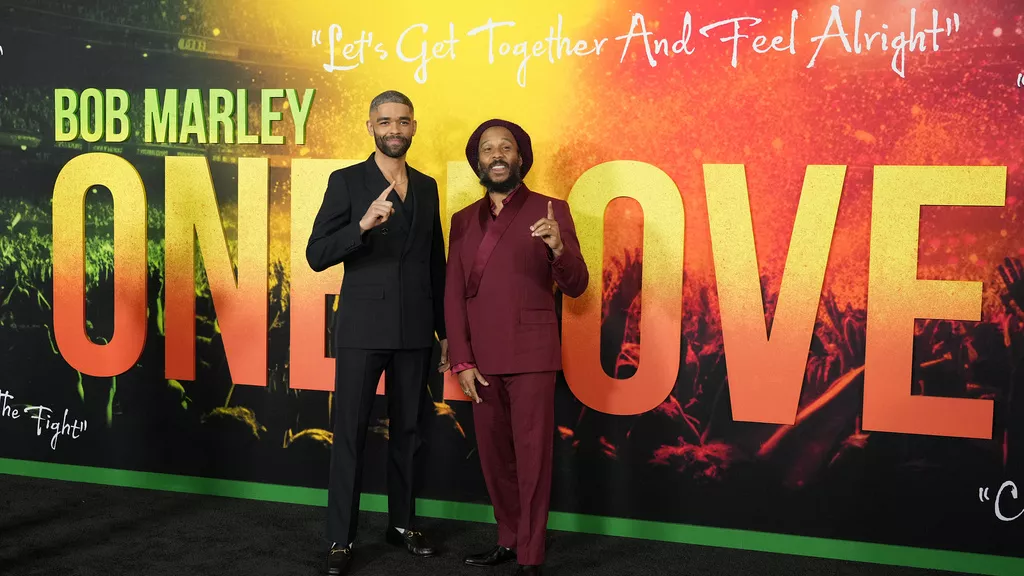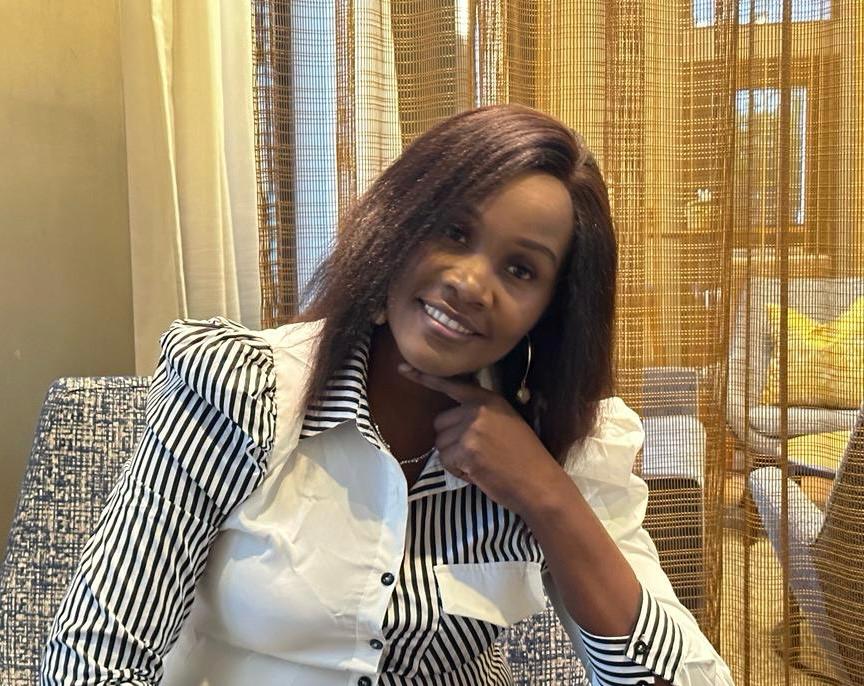With only 3% of radiologists being black in the US, the ability of Nigerian-American Angela Udongwo tutoring radiologists on X-ray interpretations of Black hairstyle patients marks a milestone, in the black community (American Medical Association, 2021). The medical student is offering knowledge based on a personal experience as a Black woman, guiding those who look like her. Miss Udongwo is a third-year medical student at Temple University in Philadelphia, PA, leading a research project to educate physicians. Udongwo guides other physicians on how to interpret X-rays of Black patients with braids, twists, and locs.
The opportunity for Udongwo came about after learning that Hillel Maresky, her research mentor and Temple radiologist, wanted to build a knowledge base working to distinguish protective hairstyles when looking at radiological scans.
At Temple’s Lewis Katz School of Medicine, Udongwo not only instructs fellow physicians on interpreting Black hairstyles but also guides them on the best way to communicate about the styles.
In an interview with AFrotech, Udongwo expressed,
“I’m surrounded by individuals who are genuinely eager to learn and improve as physicians. I’m truly excited to witness the trajectory of this endeavour.”
Why is the X-ray Interpretation project of Black Hairstyle Patients relevant?

This research project is important in solving the issue of Black patients receiving inadequate care from physicians.
“When something obstructs the clarity of an image in a scan, physicians typically term it as an artefact,” explained Udongwo. According to Dr Arun Krishnaraj, common Black hairstyles can create opaque patterns resembling squiggles, often mistaken as indications of illness. Unfortunately to date, the medical literature lacks guidance on interpreting these artifacts. This leaves room for errors among physicians. The results include unnecessary additional tests for patients, causing inconvenience and potential exposure to excessive radiation.”
Udongwo and the Temple researchers intend to use their discoveries to develop educational resources aimed at instructing more radiologists. Especially, those not Black, about Black hairstyles in medical imaging.
“We might not have the most abundant funding in terms of donations and grants,” Maresky remarked. “But we possess something that I believe is even more influential: a diverse patient community.”
Identification of Braids, Locs and Twists During Radiology Examination
During Angela Udongwo’s second and third year of medical school, she became part of Maresky’s lab for her summer research project. Upon joining, the Florida native and daughter of Nigerian immigrants discovered Maresky’s focus on investigating Black hair.
Having trained in radiology within hospitals primarily catering to white patients, Maresky encountered limited medical research at Temple on radiology and Black hairstyles, in 2019. This scarcity left him surprised and lacked resources to identify locs, braids, and twists in radiological imaging. Motivated by this gap, he aimed to establish this much-needed knowledge base.
Udongwo took responsibility for leading the hair research initiative. She recognized an opportunity to mitigate a health disparity while enhancing her research capabilities.
Initially, her focus lay on educating her colleagues. The prevalent hairstyles among Black women were familiar and their associated terminology clear to her, but entirely new to Maresky.
“These hairstyles—braids, twists, locs—are incredibly common,” Udongwo remarked. “They are well-established and widely embraced.”
Udongwo educated her colleagues to discuss Black hair thoughtfully. As an example, she emphasized that there’s nothing “dreadful” about locs, hence refraining from using the term “dreadlocks.”
She further explained that these prevalent Black hairstyles exhibit variations influenced by region, culture, and personal choice. Recently, on a September morning, Udongwo was spotted with small to medium braids. This was a reflection that the process of styling such braids could take up to 10 hours, hence the need for others to respect the process.
Maresky’s Views
Maresky noted that oils and conditioners used to style the braids long-term led to spots when radiological tests were done. The radiological images show spots even in cases where the hair is not in the section under examination. The only solution available to radiologists includes advising their black patients not to use such products. However, without a doubt, teaching physicians a process to identify Black hairstyle spots offers a better solution. This makes Nigerian-American Angela Udongwo Tutoring radiologists on X-ray Interpretations of Black Hairstyle Patients a timely research.
How the Research Started?
Before developing her survey, Udongwo reviewed medical literature on Black hair in X-rays, radiology tests CT scans and MRIs. The answer she got was a deafening silence. This led to the decision to establish research gaps, on how radiologists interpreted scans wrongfully, with Black hairstyles as a limiting factor.
With over 70% of practising radiologists being men, and the majority white, it is impossible for a Black woman to challenge the status quo and introduce new knowledge. However, her passion, as noted by Maresky is unmatched, thus possesses the skills, and ability to change everything.
The Survey
Nigerian-American Udongwo presented numerous radiological images, asking if they were seeing any traces of disease or just mere hairstyle artifacts common among Blacks. The survey requested doctors to rank the confidence of their choice.
Preliminary results revealed massive errors, only limited when radiologists work with diverse patient populations for a longer period. This is because they gain confidence in reviewing images.
Full results are still under review, as Udongwo prepares to publish her medical journal.
Opportunity to Educate the Masses
Temple researchers will use the results to develop educational materials to guide radiologists on braids, locs, and twists. Specifically how they influence radiology imaging reviews. With Udongwo already presenting initial findings at a conference at ‘The Pennsylvania Radiology Society’, those present showed interest in knowing more.
Maresky acknowledged this by saying
“I’m surrounded by people who really like to learn and want to become better physicians,” she said. “I’m really excited to see where this goes.”
With radiologists dealing with diverse patient populations, this education is long overdue. Therefore, Nigerian-American Angela Udongwo Tutoring radiologists on X-ray Interpretations of Black Hairstyle Patients is a step in the right direction to empower the black community.



